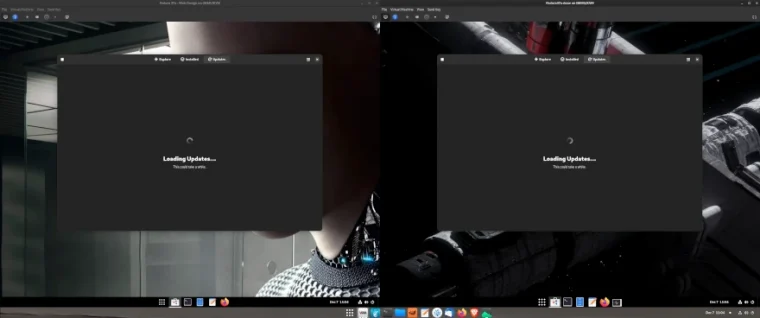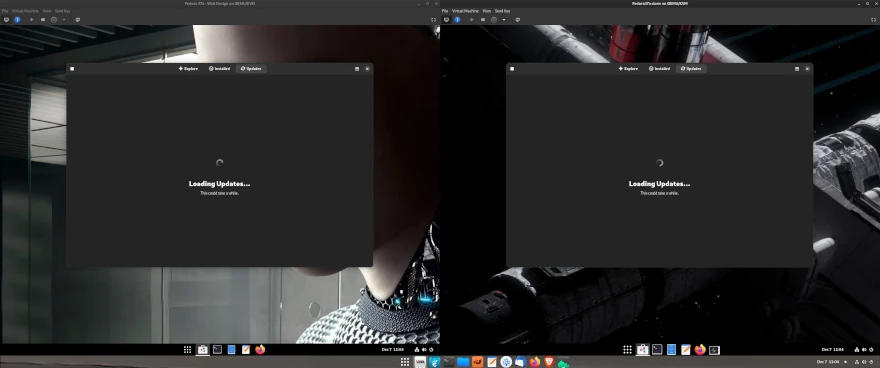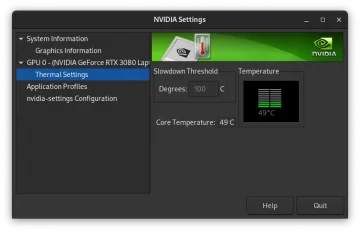Fedora Workstation 37 is ideal for running virtual machines
This article covers why and how to install KVM virtual machines on Fedora, my favorite Linux distribution. There are many reasons for using a VM instead the actual operating system so let’s quickly look into the most important ones. I use virtual machines for:
- Backing up important projects
- Easy way of cloning a virtual machine
- Testing new or experimental software
- Run LAMP or XAMPP
- Check out a different Linux distribution

Backing up important projects
Let’s say that you just configured your operating system and then installed XAMPP to host a handful of local WordPress sites. Everything works perfect. A few days later, you come across some new software that looks interesting so you install it. Then you also install some other stuff and eventually, the system experiences a glitch. You have no idea what caused it. Depending on how much of a perfectionist you are, you might decide to quickly install Fedora again. You are smart and your work is backed up on external drives so all is well. WRONG!
Yes, having all work backed up is a must but as soon as we re-install Fedora, we lose all configurations. Since those took a long time to set up, it would be great if there was a better way. Well, there is.
Say hello to virtualization. If I use a virtual machines to set up my local web development environment then I can simply back up everything, reinstall the host operating system and then import the VM again. By doing so, I retain all of the configurations and no work is lost.
Easy way of cloning a virtual machine
I have a lot of equipment but the one thing I am always short of is time. Ever since I started to use virtual machines, my work schedule has become much more manageable. Not to mention that there is hardly any stress because I can meet all of the deadlines.
Once a VM is installed and configured according to a specific task, a clone can be quickly made which results in a perfect copy of the whole operating system. Again, the advantage of doing so speaks for itself.
Don’t go craze on the amount of VMs
Just because you can doesn’t mean that you should install 10 or more VMs on your system. Remember that every machines is like a separate computer and as such needs updating just like the host OS does.
Over the years, I have found that two to three well configured VMs is all that’s needed. I divide my work into two tasks and since web design is the one that has deadlines, I dedicate on VM for just that purpose. I play close attention to not install more tools than I need. Those are:
- Gimp
To edit and export the images - LAMP or XAMPP
To host the web sites locally - VS Codium
For everything that can not be done in the browser
While Gimp and the LAMP stack are quick to set up, configuring Codium with all the plugins takes time. This minimal setup makes developing websites a joy. If something goes wrong, I simply delete the VM and install an identical one from the exported 2cow file. About 10 minutes later, I am back in business.
Then again, with just those tools installed, the OS runs so solid that a reinstall is only needed if the host operating system has issues. Because of VMs, the host operating system only needs reinstalling if a new version of Fedora becomes available.
How to set up virtual machines in Fedora
The second portion of this blog post describes the steps needed to set up and configure everything.
When I first started, I consulted Fedora’s official documentation which explains the setup in detail
Post revision in progress ….




